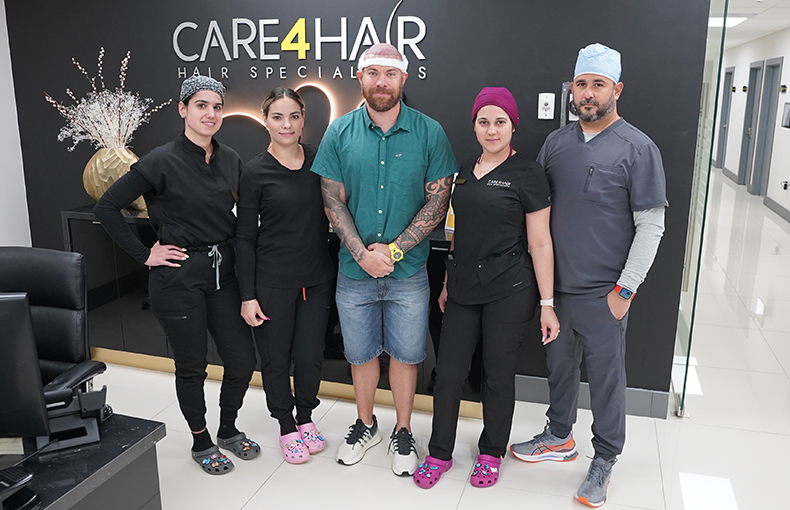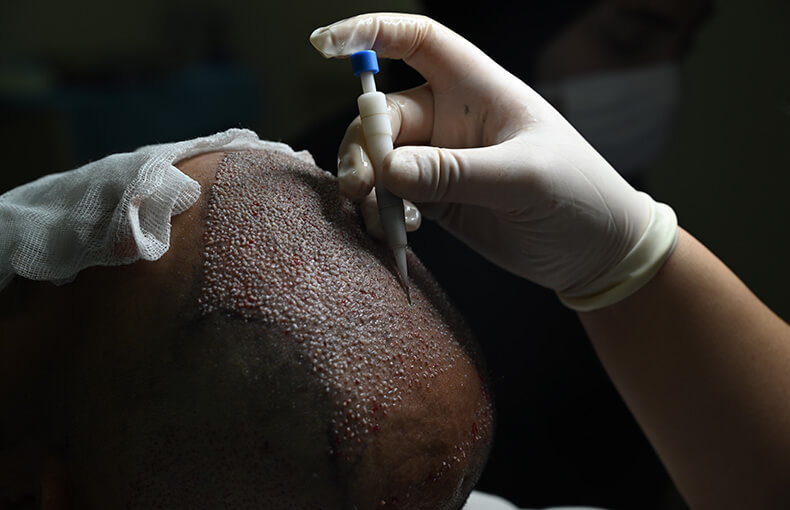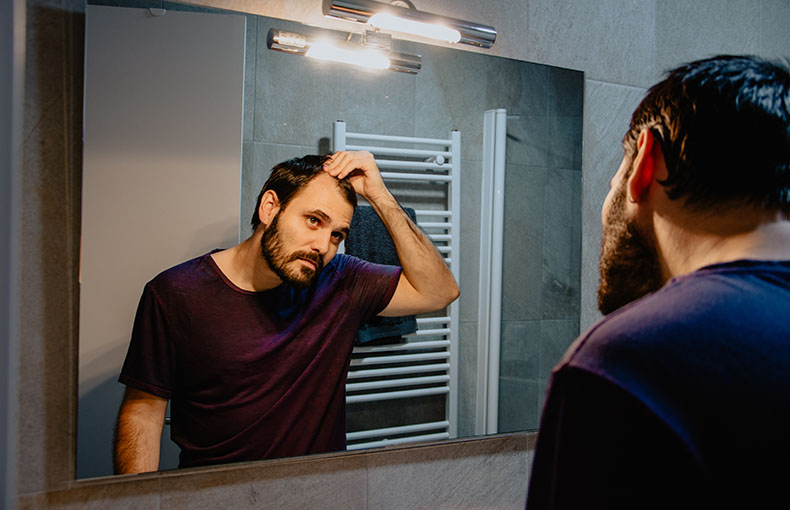
Latest hair transplant tools and techniques in 2021
Laser/ Light Therapy
If you can avoid surgery, you would, wouldn’t you? Most people would. Laser/Light therapy is a non-surgical treatment with proven results that most hair transplant candidates op for before getting a full procedure done. There are a couple of different types of light treatment therapy but, essentially what light therapy does is zap hair follicles back into action (regrowth) after slacking off a bit. This type of treatment is only effective in areas
No-Shave Hair Transplant Procedure:
Yes, you read that right. It’s 2021 and now that there have been a substantial amount of medical advancements in the hair transplant medical field, doctors have been able to focus on how to make this procedure more comfortable for the patients. The first patient-comfort initiative has been to make it possible for patients to no have to shave the hair they already have for the hair transplant procedure through FUE procedures. Patients were required to shave their heads for doctors to be able to see the area where they would be working with hair follicles. With advancements in AI tools and FUE procedures, shaving is quickly becoming an optional task for hair transplant procedures.
Minimally Invasive:
Comfort, comfort, comfort! As I mentioned before, doctors have been focusing on making these procedures more comfortable for patients now that these procedures have reached high levels of success. As you could imagine, the process of harvesting and implants hair follicles doesn’t sound like one of the most pleasurable experiences but, that’s changed! Through the use of new AI technology, the harvesting of hair follicles has been refined to micro incisions that leave the patient with little to no post-procedure pain and scaring.
FUE & NeoGraft:
FUE, Follicular Unit Extraction, is one of the most common methods used in hair transplantation because of the lack of scarring that is left of the patient. Anesthesia is used so that the patient feels nothing during the procedure. This process does have the patient shave their hair so that the area can be harvested clearly. FUE has allowed harvest time to be put down since two to three follicles are harvested at the same time instead of the traditional singular follicle. The healing process is a bit strange because the transplanted hair falls out due to shock and then goes through a regrowth process after two to three months. There are variations of FUE like Neografts, it is up to the patient to consult with their surgeons to determine which they are the best candidate for. Neografts follow the same steps as the FUE procedure but Neografts involve more AI intervention since the follicles are harvested through robotic extraction to better control the depth at which each follicle is newly removed. To find out more about FUE: Follicular Unit Extraction and its different technical methods/ styles, read our detailed FUE blog post.
ARTAS IX- AI Software Robotic Procedure:
Never fear, the robot is here! Developments in AI technologies in the hair transplant field have brought ARTAS robots o many hair transplant clinics. ARTAS procedures have allowed hair transplants to be minimally invasive because of the smaller incisions when harvesting individual hair follicles. This allows a more even harvest from the donor hair follicle area with minimal to no scarring and discomfort post-procedure. This method of hair transplantation has become particularly popular because it allows patients to walk away stitch-free from hair transplants.
PRP: Platelet-Rich Plasma:
Platelet-Rich Plasma has become incredibly popular in the hair transplantation process. The process includes injecting the patient’s platelets to speed up the healing process of injured areas. By using the patient’s platelets, the patient’s body more easily accepts the extra healing help. This is usually done in combination with AI-assisted hair transplants and is a process that is still being studied and refined. PRP not only helps the treated areas of a hair transplant but also the patient’s non-treated areas where there is thinning hair.




















